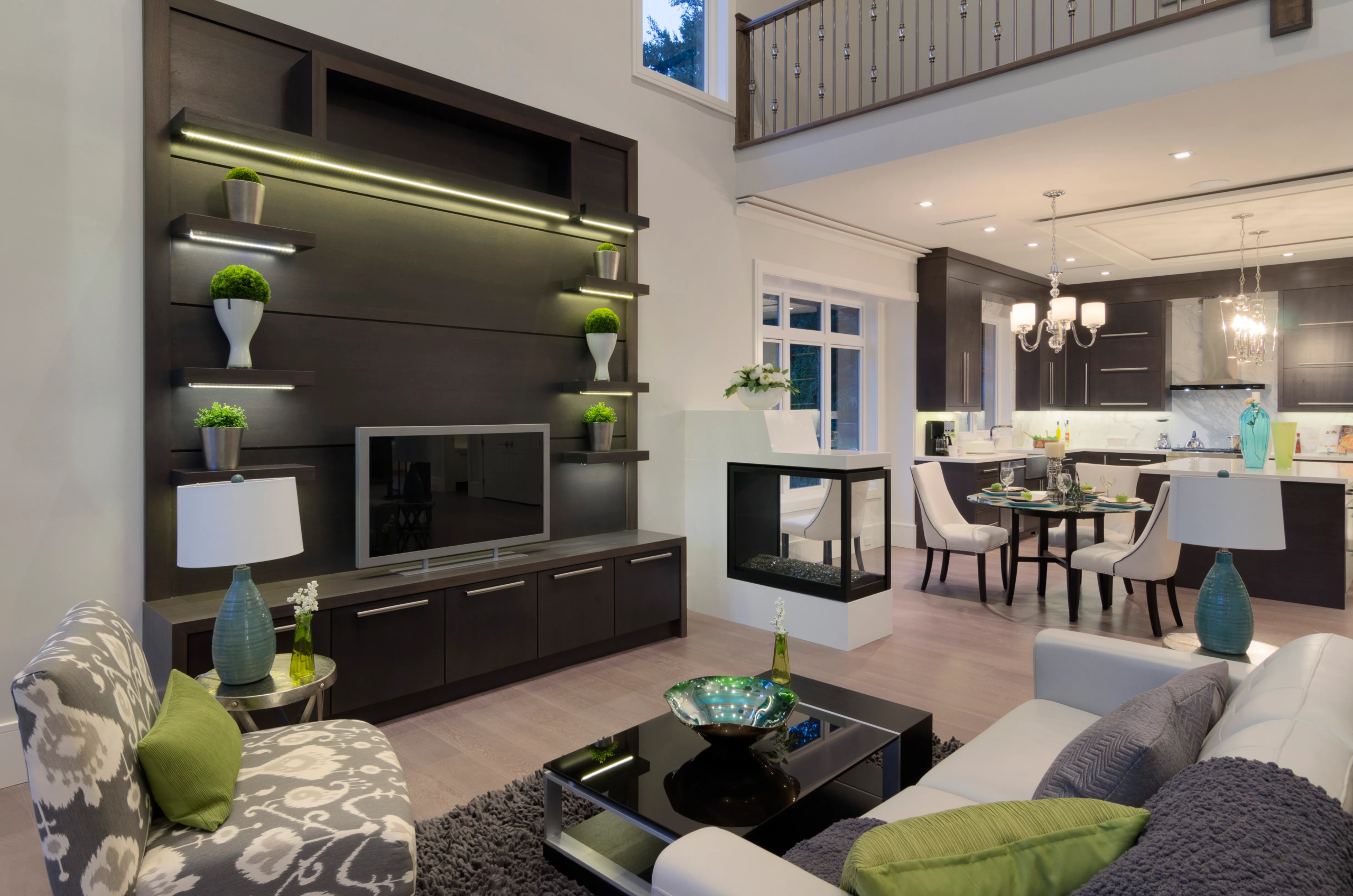Taking on a full house renovation is one of the most powerful ways to refresh, modernize, and completely reinvent your living space. Whether you’ve recently purchased an older property or want to breathe new life into the house you’ve lived in for years, renovating an entire home offers endless opportunities to customize design, improve functionality, and increase property value.
Homeowners often ask: what goes into such a large project, how does it differ from smaller remodels, and how do you ensure the process runs smoothly? This blog breaks down everything you need to know about planning and completing a custom home renovation, including timelines, budgeting, design considerations, and tips for choosing the right home renovation service.
Why Choose a Full House Renovation?
Unlike single-room remodels, a full house renovation addresses your home as a whole. This means your kitchen, bathrooms, living spaces, and even structural elements can be redesigned to work together seamlessly.
Key benefits include:
- Personalization: Tailor every room to your unique lifestyle and design preferences.
- Efficiency Upgrades: Update plumbing, electrical systems, and insulation for better safety and energy savings.
- Increased Value: A thoughtfully designed renovation can significantly boost your property’s resale value.
- Functional Flow: Reimagine layouts to improve space usage, natural light, and comfort.
- Future-Proofing: Design updates can make your home adaptable to future needs, like multigenerational living or remote workspaces.
For those planning to stay in their home long-term, a full renovation is essentially like building your dream home—without moving.
Steps to Planning a Full House Renovation
Taking on a renovation of this scale requires careful organization. Here’s a step-by-step approach homeowners can follow:
Step 1: Define Your Goals
Before reaching out to professionals, ask yourself:
- Are you modernizing for everyday comfort or primarily boosting resale value?
- Do you need more bedrooms, workspaces, or open-concept living?
- What design styles inspire you the most?
These answers will guide all future decisions.
Step 2: Set a Realistic Budget
Budgeting is often the most daunting part of a full home renovation. Create three layers of cost planning:
- Must-Haves – Essential upgrades like wiring, plumbing, roofing, or flooring.
- Nice-to-Haves – Features that enhance comfort, such as heated bathroom floors, custom cabinets, or upgraded fixtures.
- Contingency Fund – At least 10–15% of the budget should cover unexpected issues.
Step 3: Hire a Professional Home Renovation Service
Working with an experienced renovation company ensures your project runs smoothly from design through completion. Skilled contractors bring architectural knowledge, building code compliance, and project management expertise to the table. Consider reviewing their portfolio and testimonials before making a decision.
For expert guidance, explore Tenon Properties full house renovation service to see how professional planning and execution can transform a home.
Step 4: Develop a Timeline
Depending on the scope, a full renovation can take anywhere from three months to a year. Coordinate with your contractor to map out clear phases for demolition, construction, and finishing work.
Step 5: Make Design Decisions Early
From fixture finishes to flooring materials, making decisions early helps avoid costly delays down the line. Use 3D renderings or design boards to visualize the look.
Popular Custom Home Renovation Ideas
Whether you prefer a sleek modern look or rustic charm, a custom home renovation lets you create a home that feels uniquely yours. Here are common design directions homeowners choose:
Open-Concept Living
- Knock down interior walls to create seamless flow between kitchen, dining, and living areas.
- Allow more natural light to spread throughout your home.
Kitchen Overhauls
- Install custom cabinetry for maximum storage.
- Add a large island with seating for family gatherings.
- Upgrade to energy-efficient appliances for long-term cost savings.
Bathroom Retreats
- Spa-inspired ensuite bathrooms with walk-in showers or freestanding tubs.
- Smart lighting and underfloor heating for comfort and convenience.
Energy-Efficient Upgrades
- Improved insulation, new windows, and eco-friendly heating systems.
- Integration of solar panels or smart thermostats.
Basement Transformations
- Convert underutilized basements into home theaters, gyms, or rental suites for added income.
Factors That Influence Renovation Costs
Every home has unique challenges, so pricing varies widely. Some key factors include:
- Size and Square Footage: Larger homes naturally require more materials and labor.
- Structural Work: Moving load-bearing walls or reinforcing foundations adds complexity.
- Age of the Home: Older houses may need plumbing or electrical replacements.
- Material Choices: Luxury finishes can elevate costs significantly compared to budget-friendly selections.
- Permit Requirements: Some projects demand extensive city inspections and permits.
By working with knowledgeable professionals, you can align your budget realistically with your vision.
How to Choose the Right Home Renovation Service
Selecting a trusted renovation partner is perhaps the most important decision in the entire process. Here’s what to look for:
- Experience: Look for contractors with full house renovation expertise, not just small remodels.
- Transparent Estimates: Detailed quotes help prevent surprise costs later.
- Communication: A strong home renovation service will keep you updated on progress consistently.
- Portfolio of Work: Past projects can give you a sense of design versatility.
- References: Ask previous clients about their satisfaction and the contractor’s reliability.
Tips for a Smooth Renovation Experience
- Plan to Relocate (Temporarily) – Living through a renovation can be disruptive, so consider alternate housing for major phases.
- Stay Flexible – Unforeseen issues, from hidden water damage to supply delays, often arise.
- Prioritize Investments – Spend more on kitchens, bathrooms, and structural improvements since they add the most value.
- Document Progress – Keep records of invoices, permits, and design plans for transparency and resale proof.
Conclusion: Bring Your Dream Home to Life
A full house renovation isn’t just about repairing and updating—it’s about transforming your space into something that truly reflects your lifestyle and vision. By setting clear goals, budgeting wisely, and choosing the right home renovation service, you can unlock the full potential of your property.
If you’re ready to take the next step toward a custom home renovation, explore Tenon Properties’ full house renovation service to see how professional expertise can guide you through the journey from start to finish.
Your dream home is closer than you think—it just needs the right plan, the right team, and your unique vision.
FAQs
A full house renovation covers the entire home, including kitchens, bathrooms, living spaces, basements, and sometimes structural upgrades for better functionality.
The timeline depends on the project scope. On average, a complete home renovation may take 3 months to a year, depending on size and complexity.
Costs vary based on home size, materials, and design choices. Key factors include square footage, structural changes, and finishes selected.
A custom renovation allows homeowners to personalize design, improve energy efficiency, and increase property value while aligning the home with lifestyle needs.
Look for experienced contractors with a strong portfolio, transparent pricing, good communication, and positive client references for a smooth renovation.

